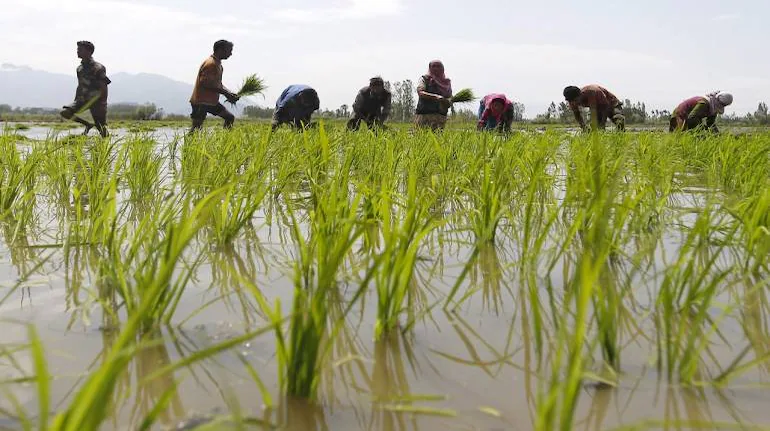Introduction
Agricultural extension services play a pivotal role in bridging the gap between scientific advancements and practical applications in farming. Extension workers serve as intermediaries, disseminating valuable knowledge and technology to farmers. In the present context, examining the status of extension workers is crucial to understanding how effectively agricultural technologies are being transferred to farmers.
The Changing Landscape of Agriculture
Modern agriculture is witnessing rapid technological advancements, from precision farming and digital agriculture to sustainable practices. The role of extension workers is evolving to encompass a broader range of skills, adapting to the changing needs of the agricultural sector.
Challenges Faced by Extension Workers
Technological Complexity:
Agricultural technologies have become more sophisticated and complex. Extension workers must continually update their knowledge and skills to effectively communicate these advancements to farmers.
Access to Information:
The availability and accessibility of information have increased, but it also presents a challenge for extension workers to filter and disseminate relevant and reliable information to farmers.
Resource Constraints:
Limited resources, both human and financial, can hinder the effectiveness of extension services. Adequate training, equipment, and staffing are essential for extension workers to perform optimally.
Farmers’ Awareness and Adoption:
Convincing farmers to adopt new technologies can be challenging. Extension workers must possess effective communication skills to convey the benefits and address concerns related to the adoption of modern farming practices.
Diversity in Agriculture:
Agricultural practices vary widely across regions and crops. Extension workers must be equipped to provide tailored solutions that suit the specific needs of different farming communities.
Initiatives and Improvements
Digital Platforms and Tools:
The integration of digital tools and platforms is transforming extension services. Mobile apps, online resources, and virtual training sessions are increasingly being utilized to reach a wider audience.
Partnerships and Collaboration:
Collaboration between extension services, research institutions, non-governmental organizations, and private enterprises can enhance the effectiveness of technology transfer. Joint initiatives can pool resources and expertise.
Capacity Building:
Ongoing training programs are essential for extension workers to stay updated on the latest agricultural technologies. Continuous learning ensures that they can effectively communicate and implement new practices.
Community Engagement:
Building strong relationships with local communities is critical. Extension workers need to understand the social and cultural dynamics of the communities they serve to gain trust and effectively convey technological advancements.
Monitoring and Evaluation:
Implementing robust monitoring and evaluation mechanisms helps gauge the impact of extension services. This feedback loop is crucial for making adjustments and improving the effectiveness of technology transfer strategies.
Conclusion
The present status of extension workers in the transfer of agricultural technology is at a critical juncture. While challenges persist, there are positive developments, such as the integration of digital tools and collaborative initiatives. To ensure sustainable and inclusive agricultural development, continued investments in the training, resources, and support for extension workers are essential. By addressing these challenges and embracing new opportunities, extension workers can play a pivotal role in empowering farmers with the knowledge and technology needed for a resilient and productive agricultural sector.

